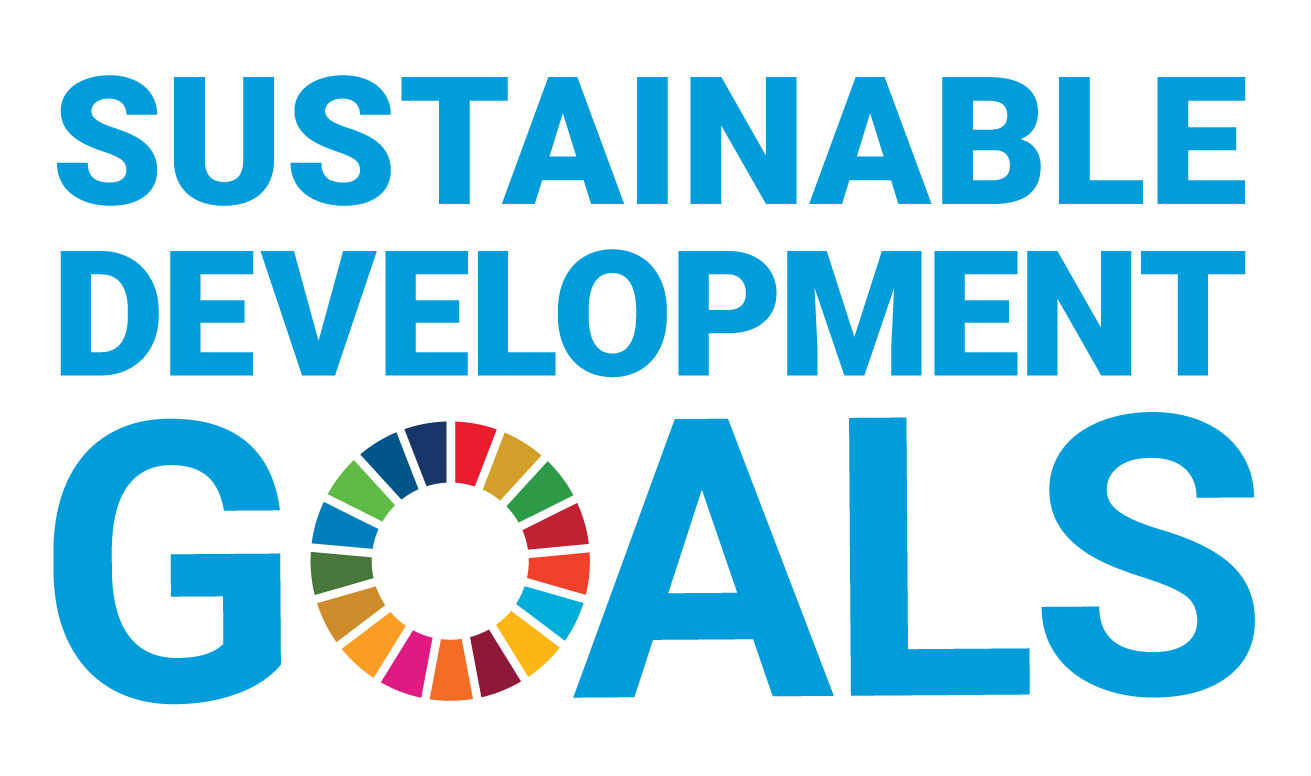The Dwindling Rainforests
A Part of our world is dying.

"“Destroying rainforest for economic gain is like burning a Renaissance painting to cook a meal.”"
- E. O. Wilson – American researcher, theorist, naturalist, and author

Forests cover 31% of the land area on our planet. They help people thrive and survive by, for example, purifying water and air and providing people with jobs; some 13.2 million people across the world have a job in the forest sector and another 41 million have a job that is related to the sector. Many animals also rely on forests. Forests are home to more than three-quarters of the world’s life on land. Forests also play a critical role in mitigating climate change because they act as a carbon sink—soaking up carbon dioxide that would otherwise be free in the atmosphere and contribute to ongoing changes in climate patterns.
But forests around the world are under threat, jeopardizing these benefits. The threats manifest themselves in the form of deforestation and forest degradation. The main cause of deforestation is agriculture (poorly planned infrastructure is emerging as a big threat too) and the main cause of forest degradation is illegal logging. In 2019, the tropics lost close to 30 soccer fields' worth of trees every single minute.
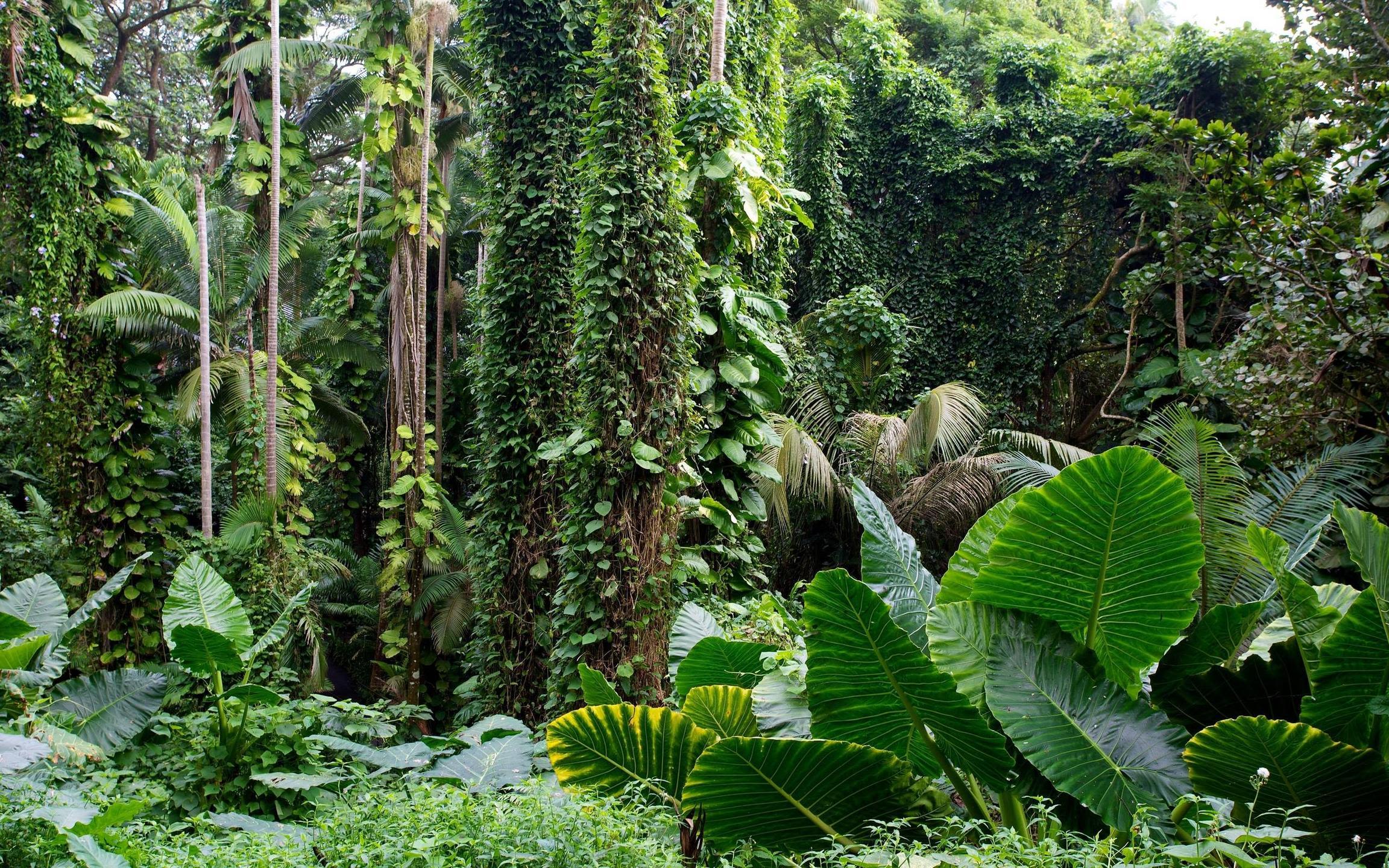
The United Nations Development Goals System is designed to help with helping important topics around the world.
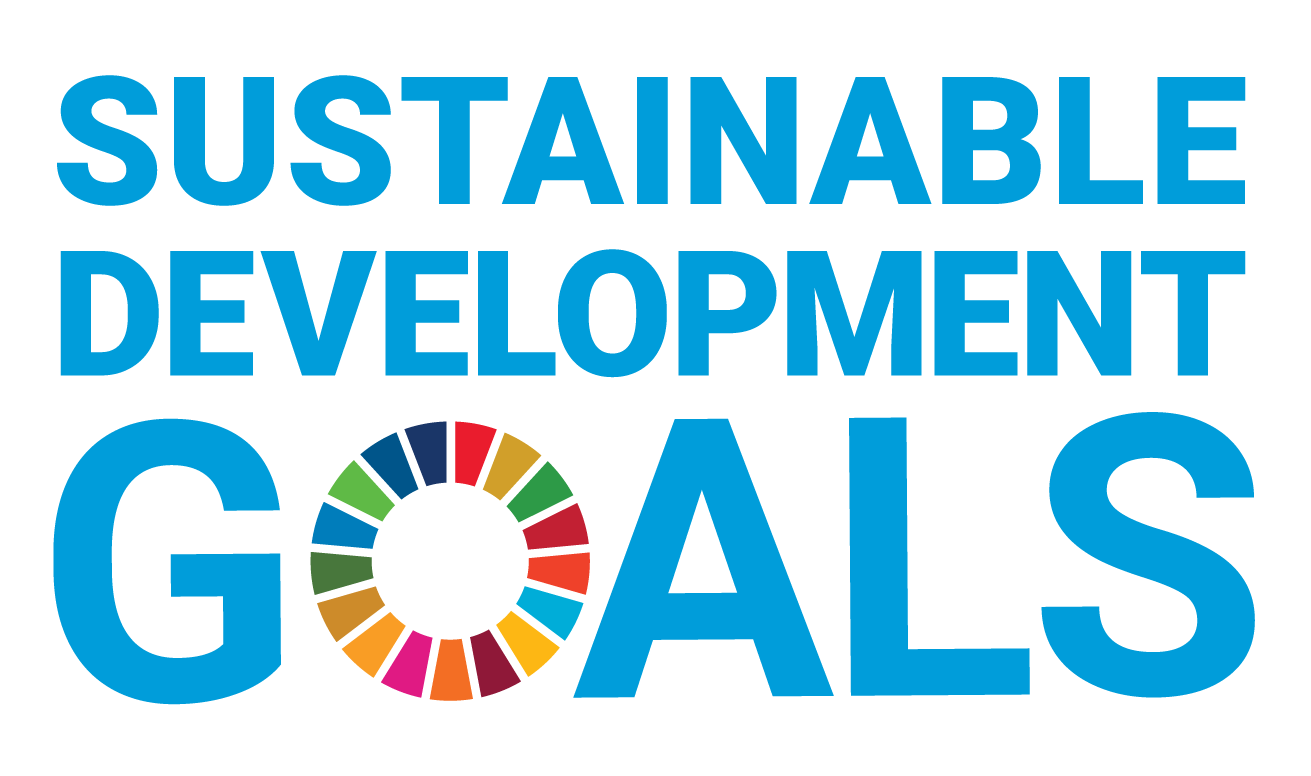
One of the various goal the United Nations has been trying to deal with is Climate Action. It can also be applied to Life on Land.
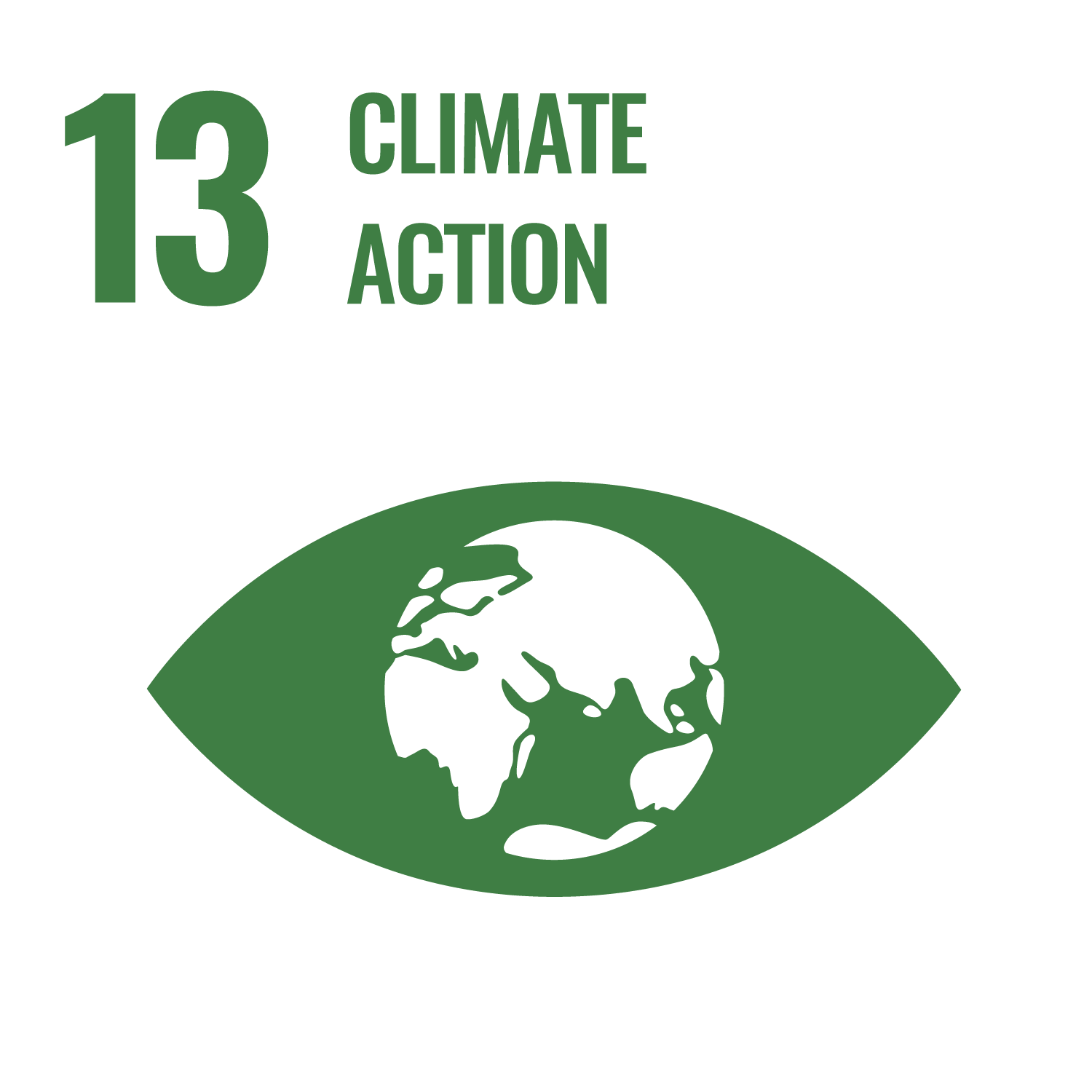
This is a part of The Amazon Rainforest.
This area has been heavily exploited of its resources.
This area has yet to be deforested, but judging by the environment surrounding it that may change in the impending future if we do nat take action.
The Problem
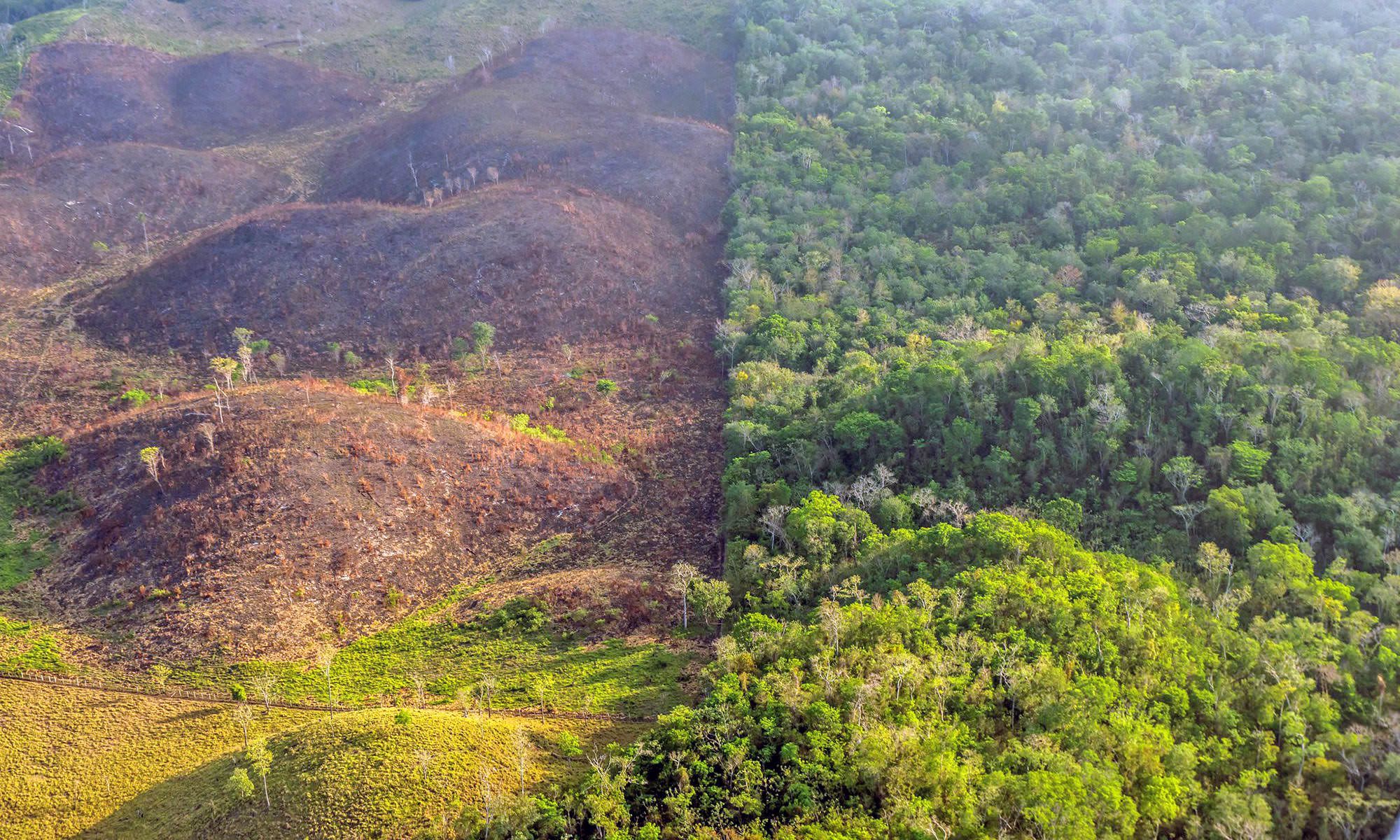
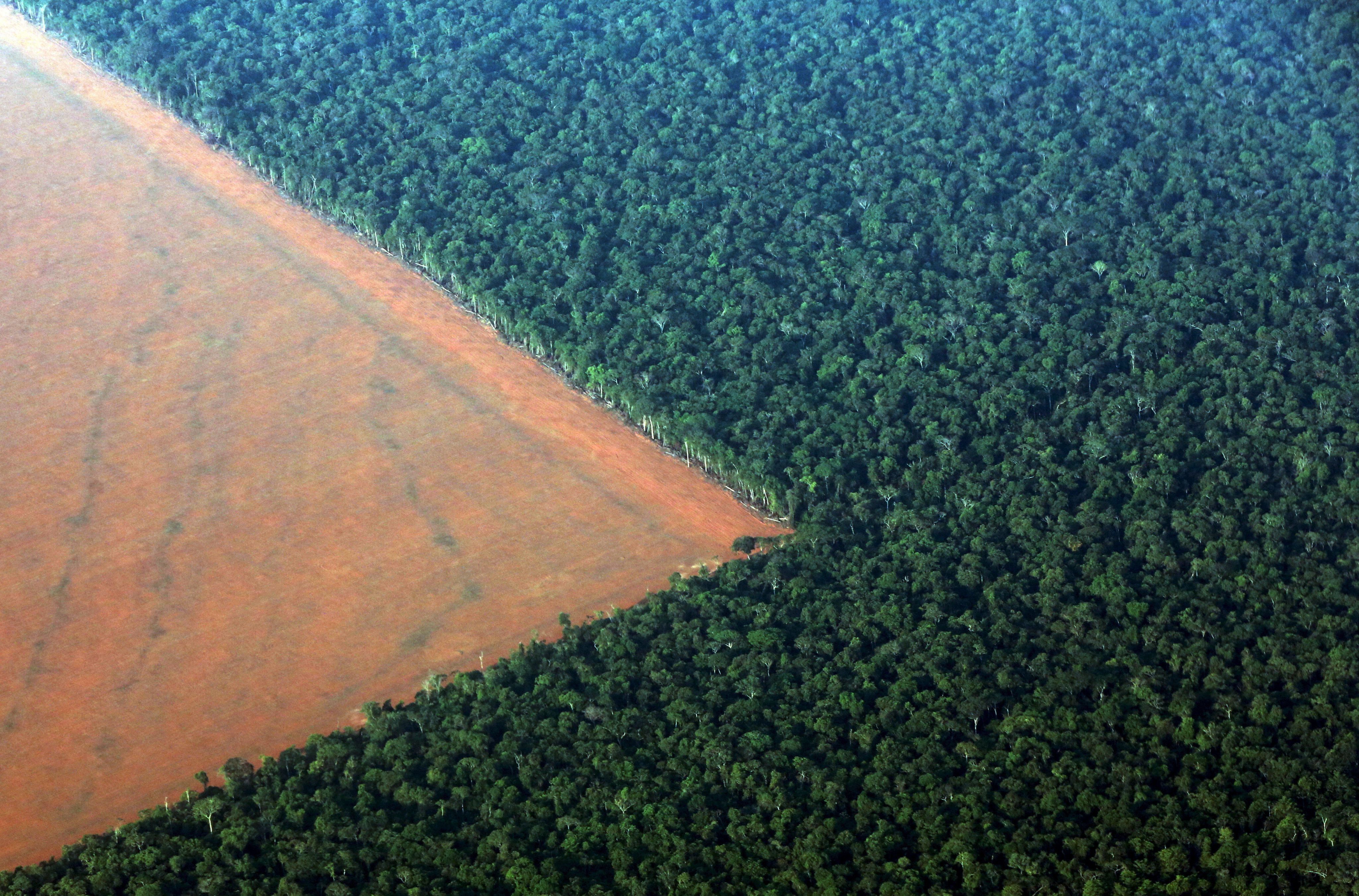
Deforestation is a particular concern in tropical rain forests because these forests are home to much of the world’s biodiversity. For example, in the Amazon around 17% of the forest has been lost in the last 50 years, mostly due to forest conversion for cattle ranching. Deforestation in this region is particularly rampant near more populated areas, roads and rivers, but even remote areas have been encroached upon when valuable mahogany, gold, and oil are discovered.
How does this affect the Earth?
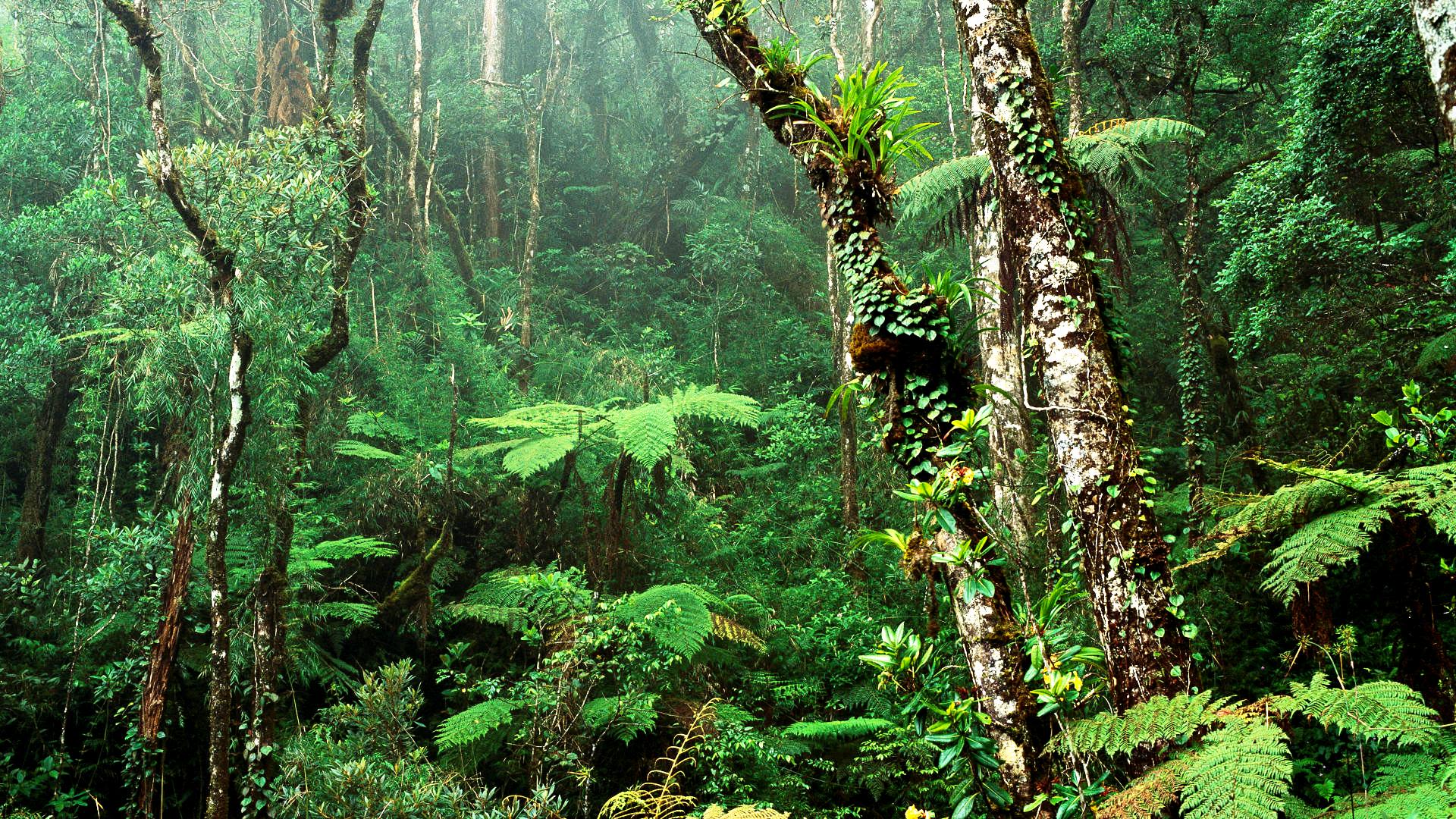
"“At first, I thought I was fighting to save rubber trees, then I thought I was fighting to save the Amazon rainforest. Now I realize I am fighting for humanity.”"
- Chico Mendes, Brazilian Environmentalist
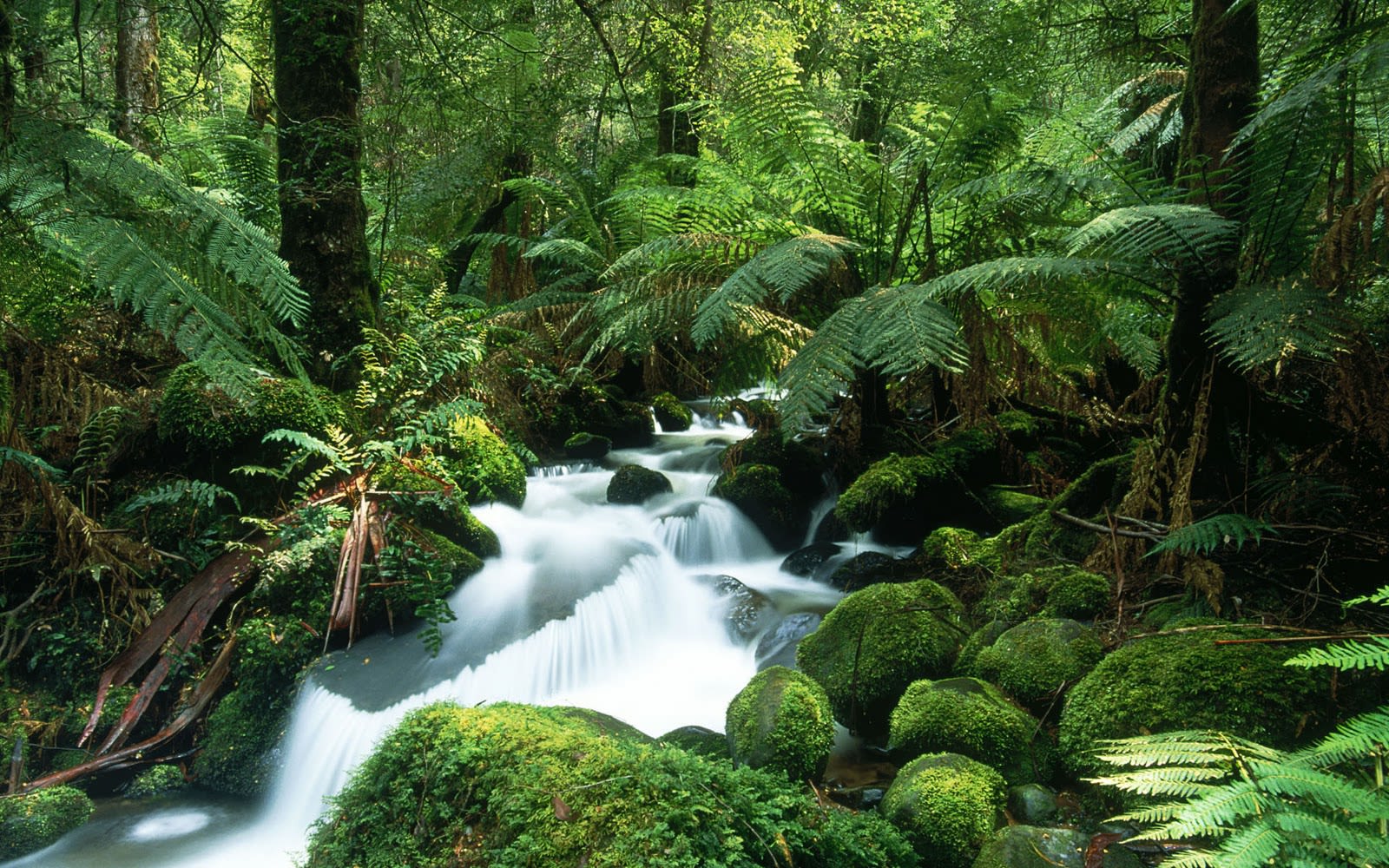
INCREASED GREENHOUSE GAS EMISSIONS
Forests are carbon sinks and, therefore, help to mitigate the emission of carbon dioxide and other greenhouse gases. Tropical forests alone hold more than 228 to 247 gigatons of carbon, which is more than seven times the amount emitted each year by human activities.
But when forests are cut, burned or otherwise removed they emit carbon instead of absorb carbon. Deforestation and forest degradation are responsible for around 15% of all greenhouse gas emissions. These greenhouse gas emissions contribute to rising temperatures, changes in patterns of weather and water, and an increased frequency of extreme weather events. For example, in Sumatra, rainforests on deep peatlands are being cleared, drained and converted to pulp plantations, contributing to Indonesia’s high greenhouse gas emissions. Changes in climate can affect forest-dwelling creatures by altering their habitats and decreasing availability of food and water. Some will be able to adapt by moving to higher elevations or latitudes, but species losses may occur.
DISRUPTION OF WATER CYCLES
Trees play a key role in the local water cycle by helping to keep a balance between the water on land and water in the atmosphere. But when deforestation or degradation occurs, that balance can be thrown off, resulting in changes in precipitation and river flow.
INCREASED SOIL EROSION
Soil erosion in Africa.
Without trees to anchor fertile soil, erosion can occur and sweep the land into rivers. The agricultural plants that often replace the trees cannot hold onto the soil. Many of these plants—such as coffee, cotton, palm oil, soybean and wheat—can actually exacerbate soil erosion. Scientists have estimated that a third of the world’s arable land has been lost through soil erosion and other types of degradation since 1960. And as fertile soil washes away, agricultural producers move on, clearing more forest and continuing the cycle of soil loss.
DISRUPTED LIVELIHOODS
1.25 billion people around the world rely on forests for shelter, livelihoods, water, fuel, and food security. And 750 million people (approximately one-fifth of total rural population) live in forests. This includes 60 million indigenous people. But deforestation disrupts the lives of these people, sometimes with devastating consequences. In the Greater Mekong in Southeast Asia, where land tenure systems are weak, deforestation has contributed to social conflict and migration. In Brazil, poor people have been lured from their villages to remote soy plantations where they may be abused and forced, at gunpoint, to work under inhumane conditions.

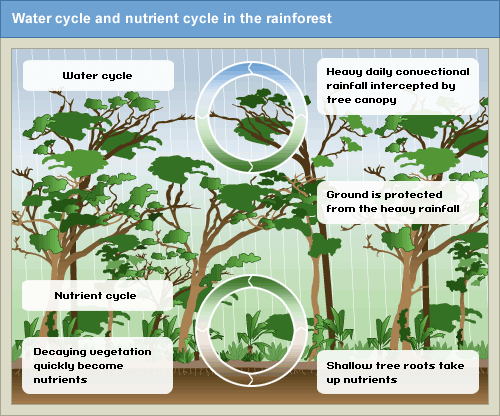
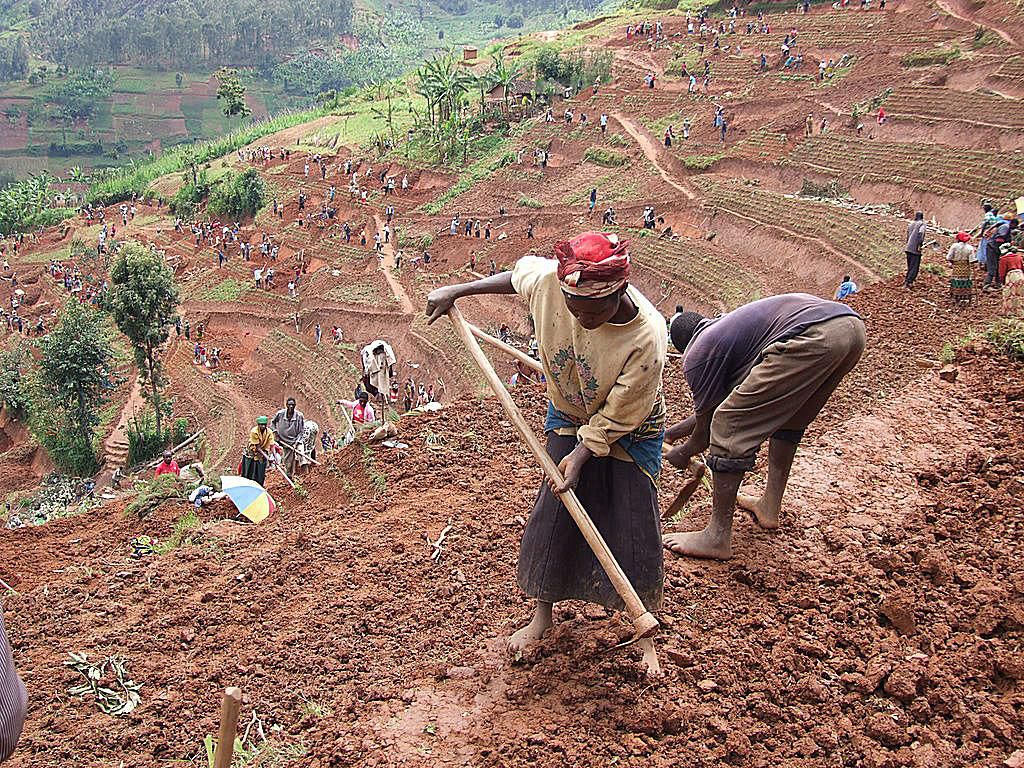
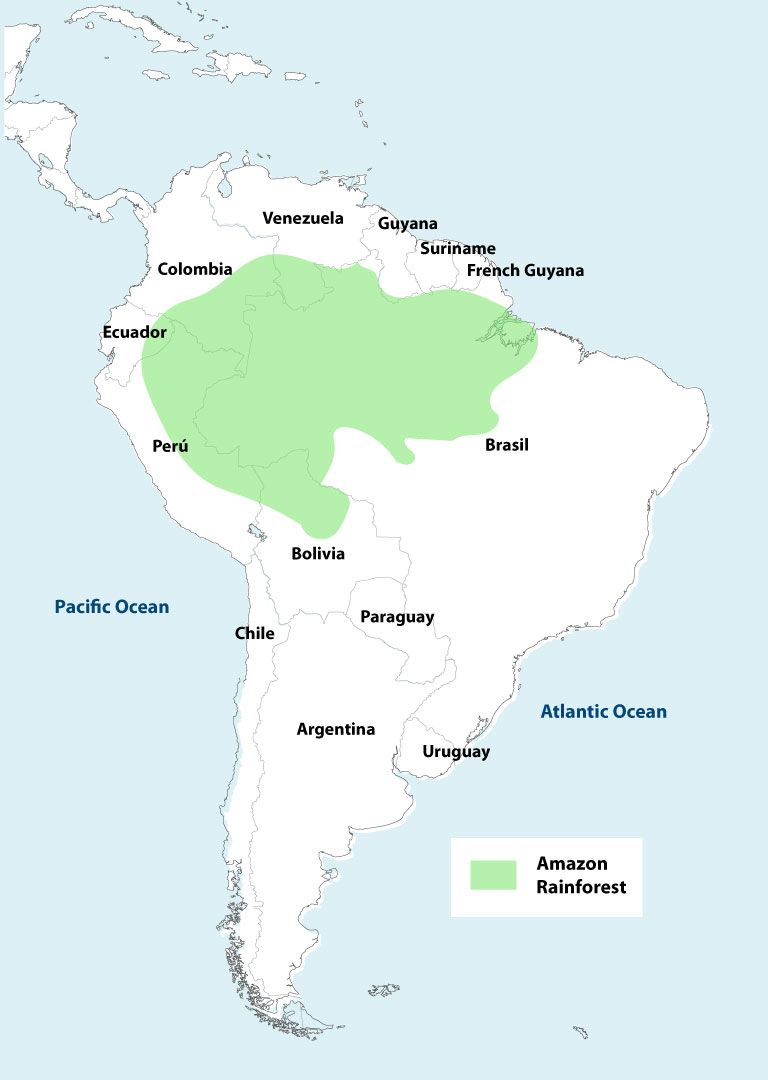
How can we Help?


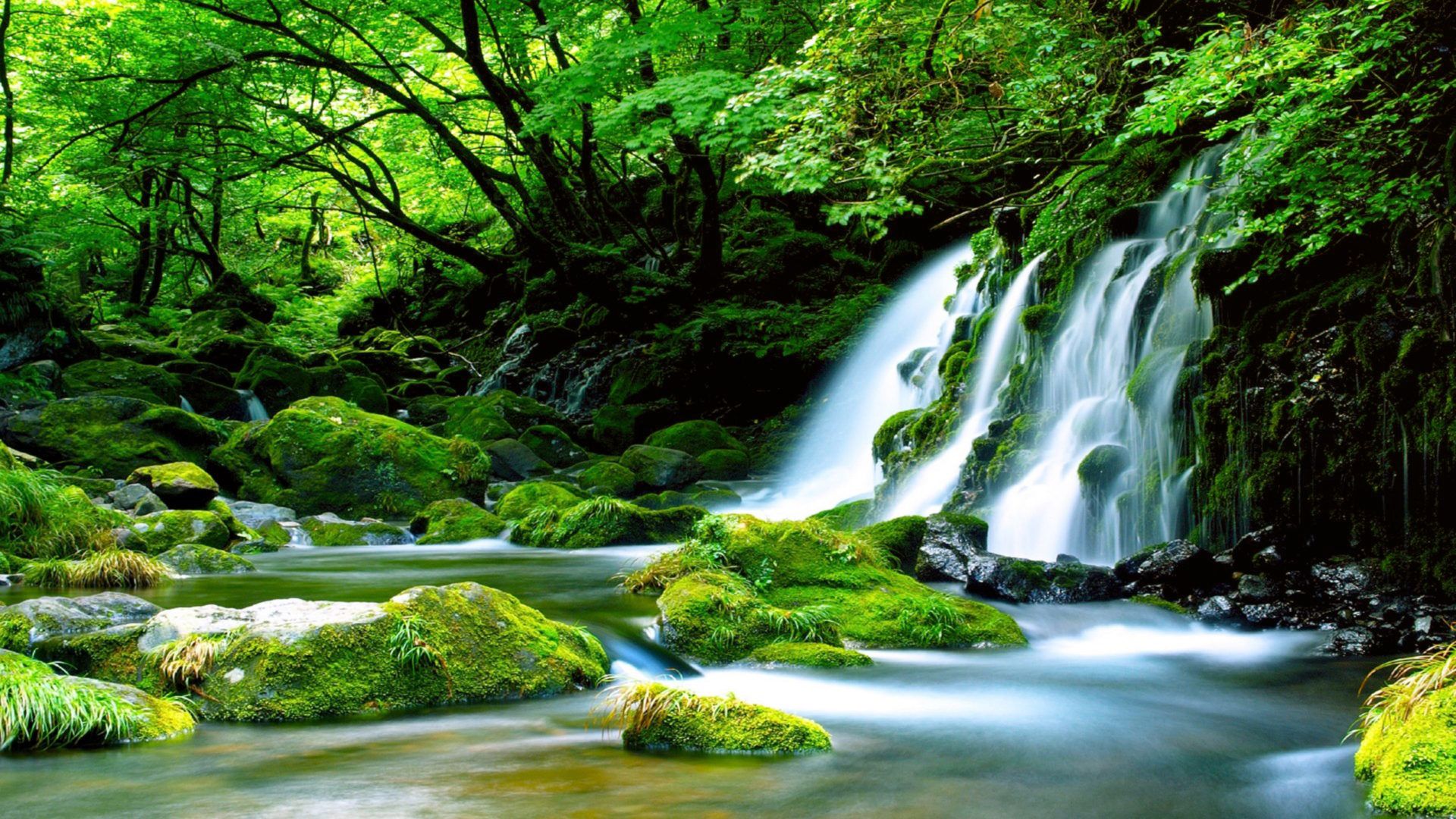
PLACE-BASED CONSERVATION
To eliminate one of the largest drivers of deforestation—the irresponsible expansion of agricultural operations—WWF is focused on ensuring that agribusiness, governments, and others meet their commitments to help conserve the world's forests. Doing so marries the strengths of two approaches WWF uses to stop deforestation. One is the ability, via REDD+ programs, to engage with governments. The other is the ability, via the Forest Stewardship Council and other market-based certification schemes, to engage with agriculture producers.
CREATING SUSTAINABLE INFRASTRUCTURE
To address infrastructure-related drivers of deforestation, we seek to influence the financing of roads, mines, and other infrastructure in the developing world, largely by ensuring that the value of forests are factored into decisions about where to create or expand infrastructure.
CREATING AND PROPERLY MANAGING CONSERVATION AREAS
Most conservation areas (most which are parks that are referred to as "protected areas") are not well-funded. As a result, they are not well-managed—an issue that often leads to deforestation. One way to address this challenge is to use a financial approach for conservation known as Project Finance for Permanence (PFP). Through this approach, donors from the public and private sectors contribute money to create a fund that will support the proper management of protected areas in a region—some of the funding can also be used to create new protected areas and expand existing ones, but the majority of funding is for management. WWF's Earth for Life initiative has already completed two PFP projects and strives to complete several more over the coming years.
PROMOTING SUSTAINABLE BIOENERGY
Humans have used forests for fuel for thousands of years, and 2.6 billion people today still use biomass—mainly wood and charcoal—for cooking. WWF works to promote bioenergy from scrap wood, oil and fats, sugar and starch crops, residues and wastes, and even algae to reduce reliance on forests and decrease greenhouse gas emissions. WWF’s vision is that by 2050, 100% of the world’s energy will come from sustainable, renewable sources, including bioenergy.
INFLUENCING POLICY
Effective policies help stop deforestation. That's why WWF helps countries, like Myanmar and Belize, assess the value of their natural resources and the services they provide, such as forests that absorb carbon and provide habitat for endangered wildlife. Decision makers use the assessments in a variety of ways, including promoting a green economy approach—one in which the sustainable use of natural capital is integrated into a country's new plans and policies for the economy, agriculture, energy, and more.
"If man doesn’t learn to treat the oceans and the rainforest with respect, man will become extinct.”"
- Peter Benchley, American author

Credits
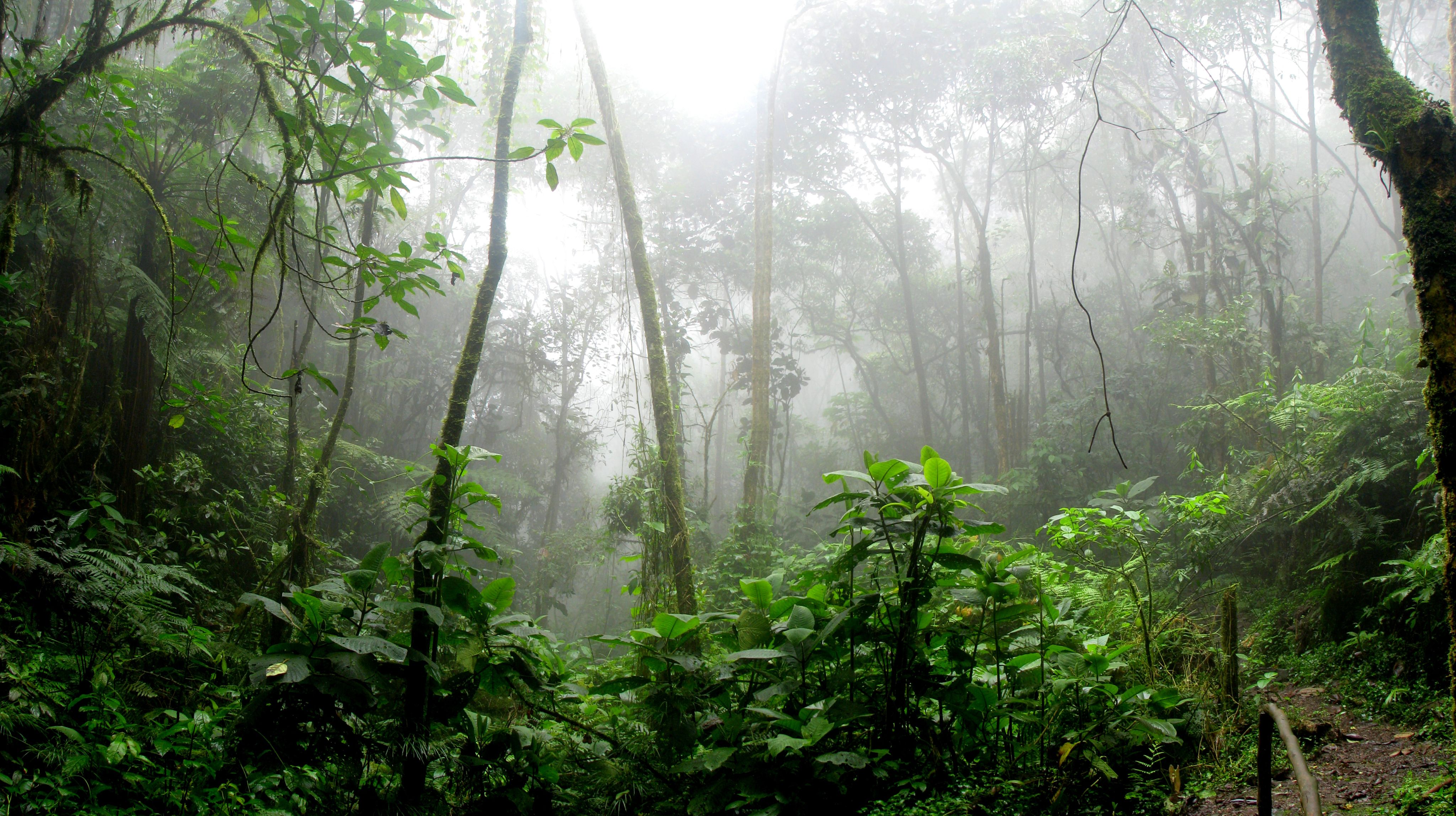
Video Courtesy of Pixabay https://pixabay.com/videos/jungle-rainforest-forest-rain-39270/
Text Courtesy of Rainforest Cruises https://www.rainforestcruises.com/guides/jungle-quotes
Image courtesy of Unsplash https://unsplash.com/s/photos/rainforest
Text Courtesy of World Wildlife https://www.worldwildlife.org/threats/deforestation-and-forest-degradation
Image Courtesy of ITL.Cat https://www.itl.cat/wallview/ihhowbw_tropical-forest-wallpaper-free-printable-rainforest-background/
Image courtesy of Google Earth
Image Courtesy of Wallpaper Flare https://www.wallpaperflare.com/green-lung-forest-artwork-creativity-lungs-green-color-landscape-wallpaper-psunb
Video Courtesy of Abc Youtube https://www.youtube.com/watch?v=pA5VGb_Izus&t=76s
Image Courtesy of The Rainforest Deforestation https://www.rainforest-alliance.org/insights/our-360-approach-to-stopping-rainforest-destruction/
Image Courtesy of One Green Planet https://www.onegreenplanet.org/environment/meat-burgers-amazon-rainforest/

Image Courtesy of Thoughtco https://www.thoughtco.com/soil-erosion-in-africa-43352
Image Courtesy of Mongabay https://rainforests.mongabay.com/0102.htm
Image Courtesy of The Animal Spot https://www.rainforestanimals.net
Image Courtesy of Getty Images https://www.gettyimages.com/photos/deforestation-amazon
Image Courtesy of Pling https://www.pling.com/p/1699424/
Image Courtesy of Unsplash https://unsplash.com/s/photos/rainforest
Image Courtesy of Pexels https://www.pexels.com/search/rainforest/
Image Courtesy of The United Nations Stats https://unstats.un.org/unsd/environment/air_co2_emissions.htm
Image Courtesy of Marked by Teachers https://www.markedbyteachers.com/gcse/geography/how-the-management-of-the-amazon-rainforest-is-being-affected.html
Image Courtesy of Wallpaper Access https://wallpaperaccess.com/tropical-rainforest-hd
Image Courtesy of Peakpx https://www.peakpx.com/en/hd-wallpaper-desktop-ksjbg
